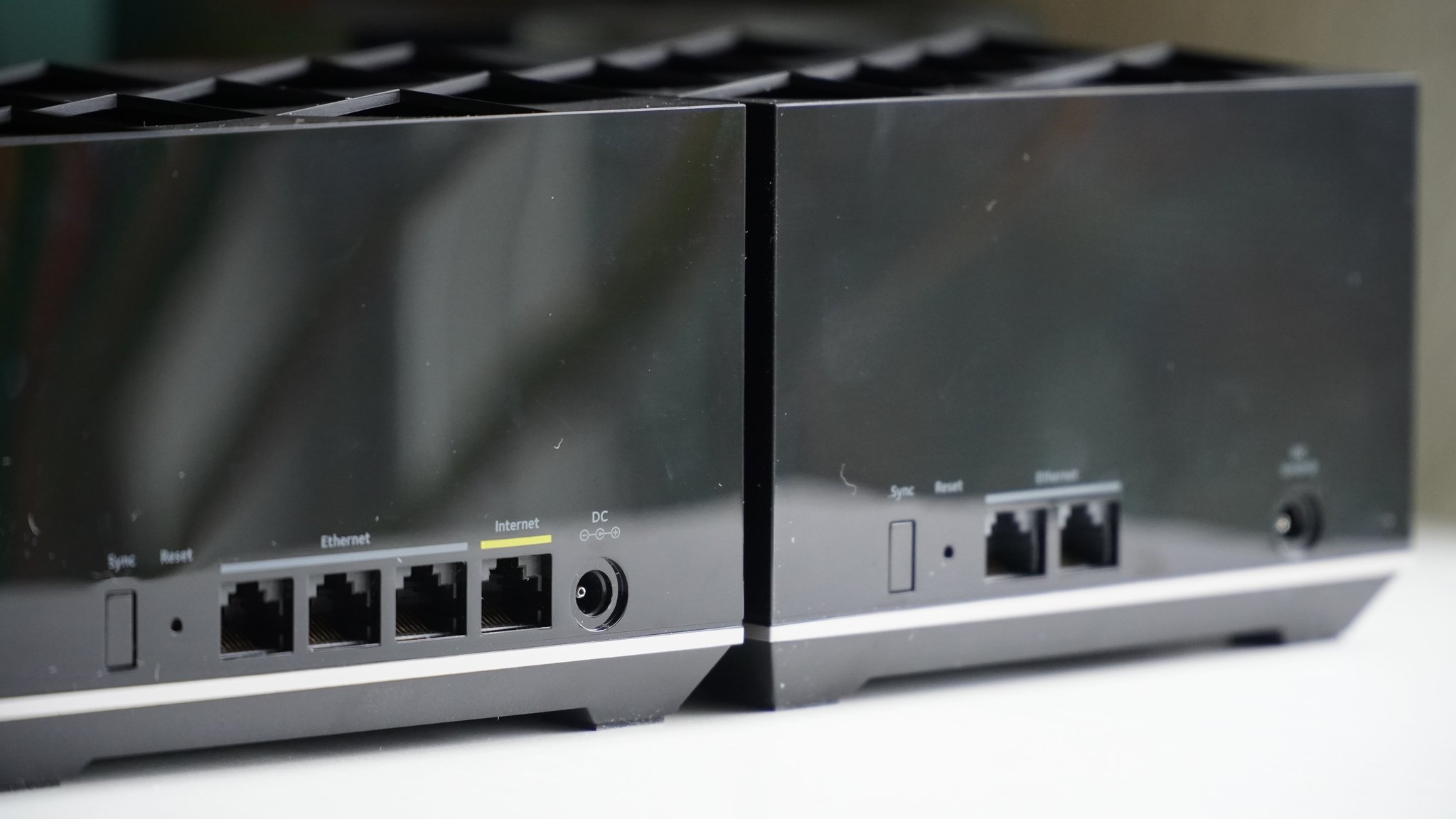
The minimum for broadband speed should be increased.
The agency began its annual review of the state of broadband in the US.
In 2015, the minimum broadband speed was 25 Mbps for download and 3 Mbps for uploading. Before 2015, the minimum broadband speed adjustment was 4Mbps.
Since the change in 2015, the FCC has been urged to increase the limit to better fit modern needs.
RECOMMENDED VIDEOS FOR YOU...
In the years ahead, emerging technologies such as cloud computing, artificial intelligence, healthIoT, smart grid, 5G, virtual and augmented reality, and tactile telemedicine, will all require broadband networks capable of delivering much faster speeds, lowerlatency, and higher reliability than those now codified by various federal
The chairperson for the FCC says our needs have outpaced the old rate.
She said that the needs of internet users have surpassed the FCC's 25/3 speed metric in the past.
The 25/3 metric is harmful because it hides the extent to which low income neighborhoods and rural communities are being left behind. If we want everyone to have a fair shot at 21st century success, we need to set big goals and raise the standard for minimum broadband speeds now.
The national broadband standard would be increased to 100 Mbps for download and 20 Mbps for uploads with a goal of 1 Gbps/500 Mbps. The exact times when these changes could happen have not been released.
Over the last year, the FCC launched a number of initiatives to better understand broadband availability in the U.S.
The agency launched its own speed testing app for users to download on their phones last year, which allowed the FCC to survey the speed and availability of broadband internet access across the country.
The FCC wants service providers to display a nutrition label to help consumers make informed decisions and to back up their claims.